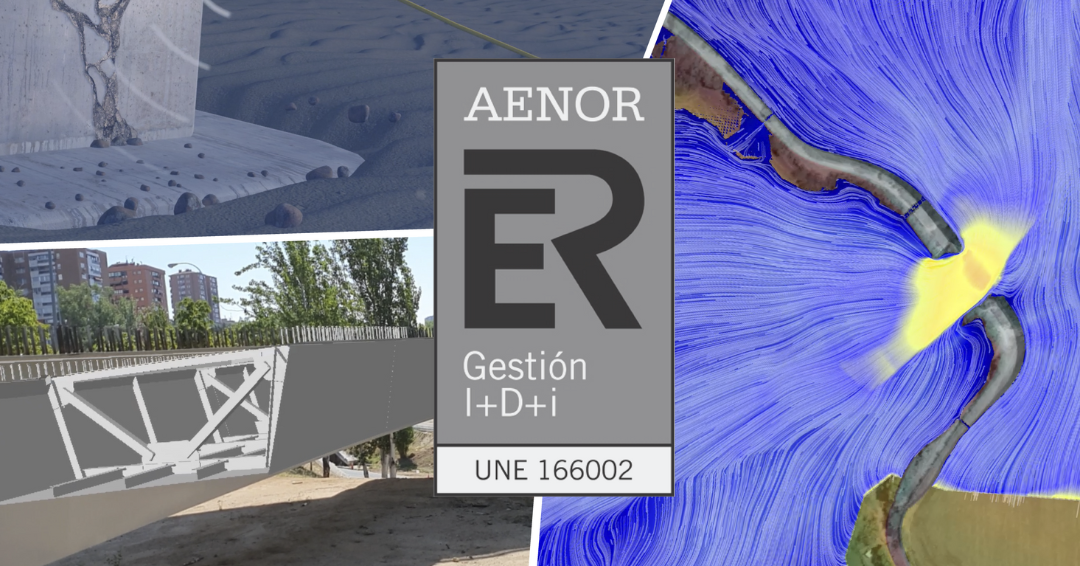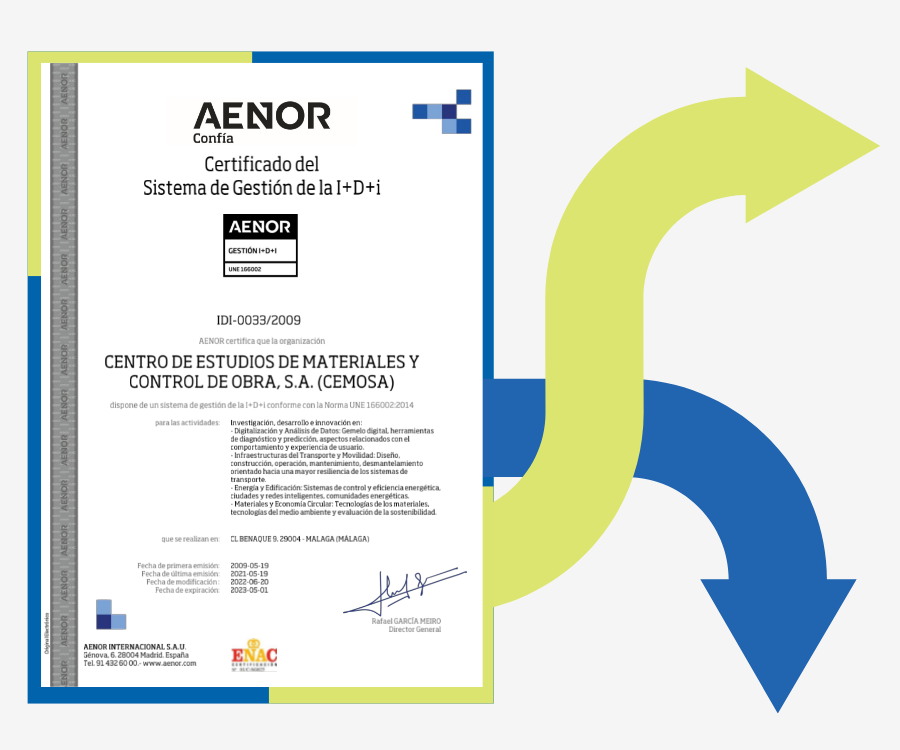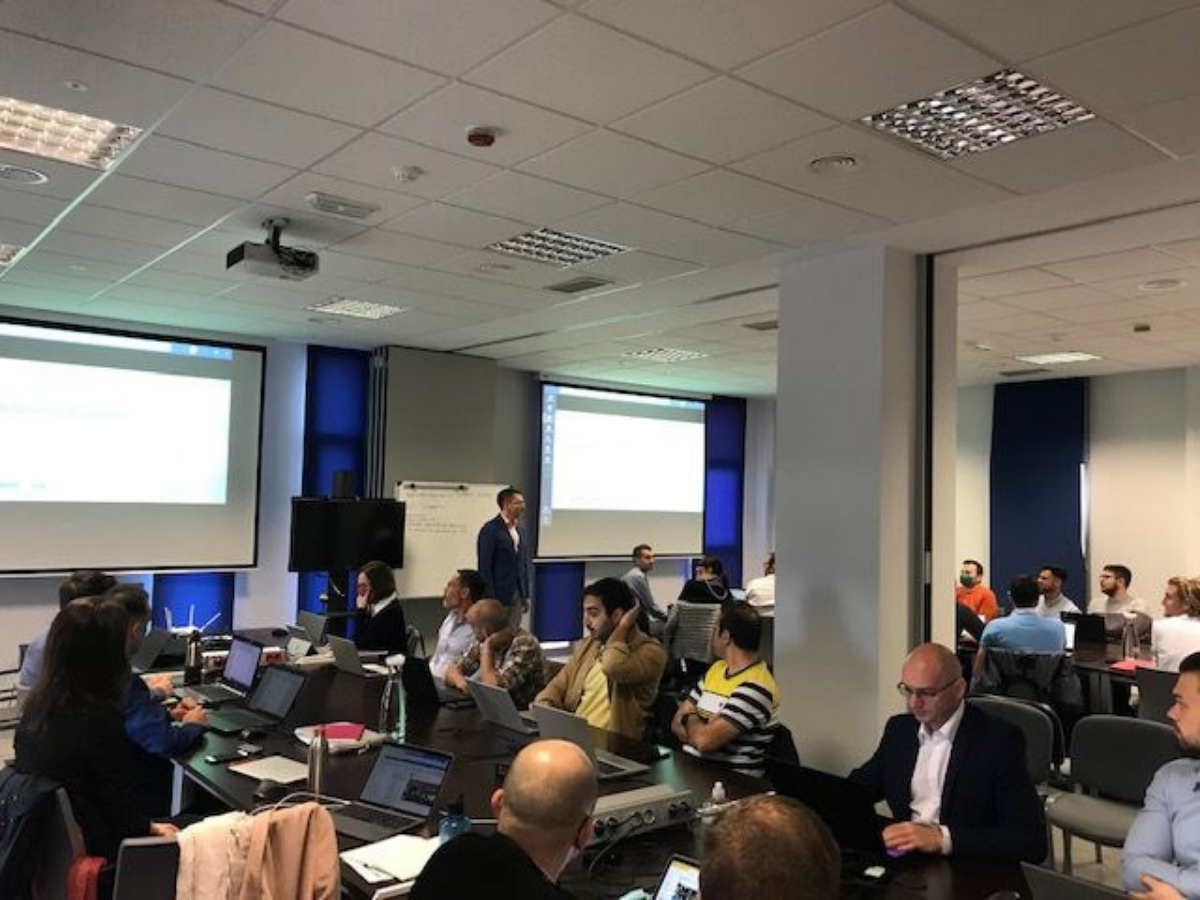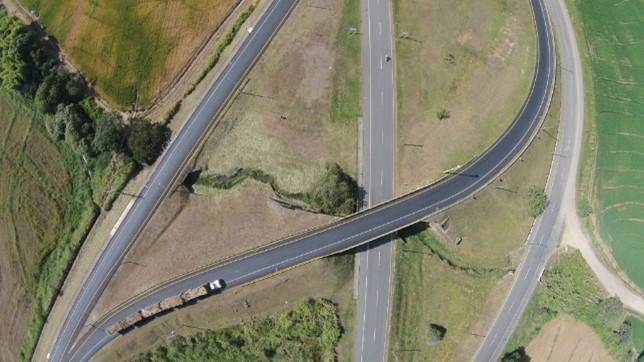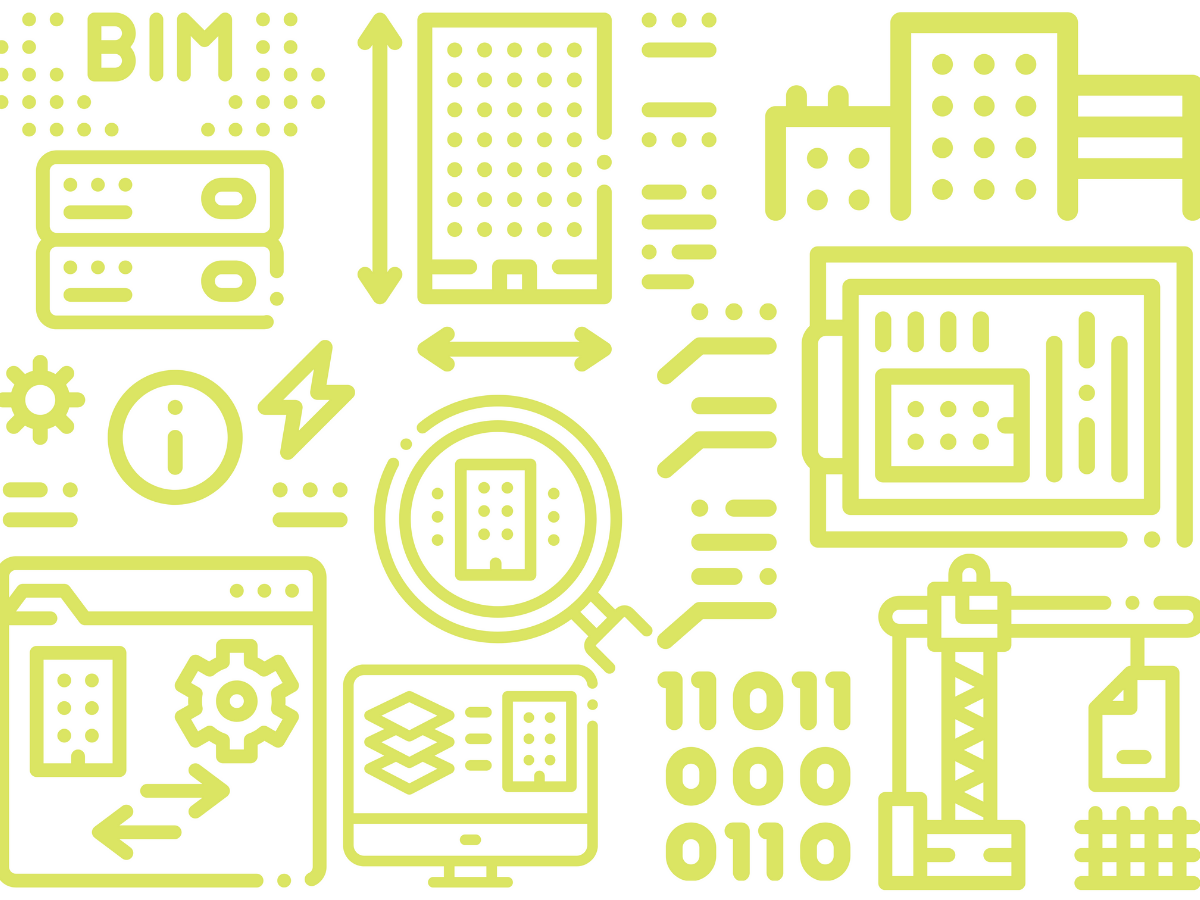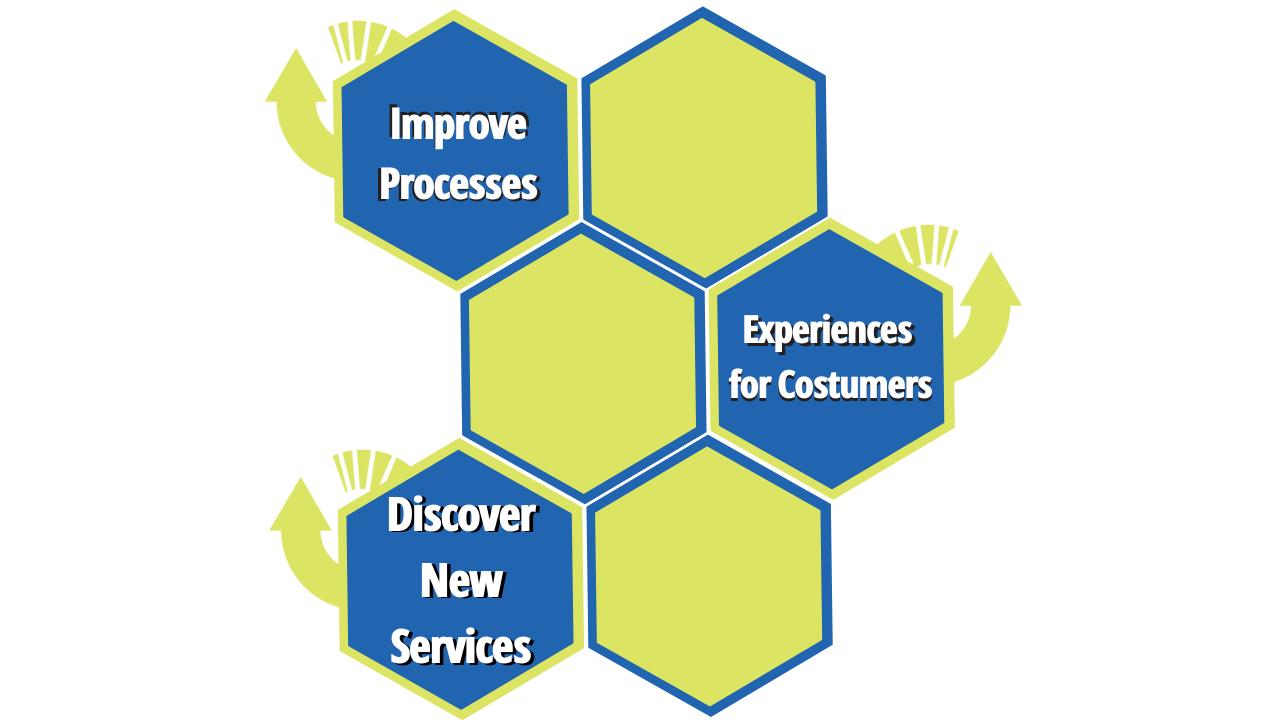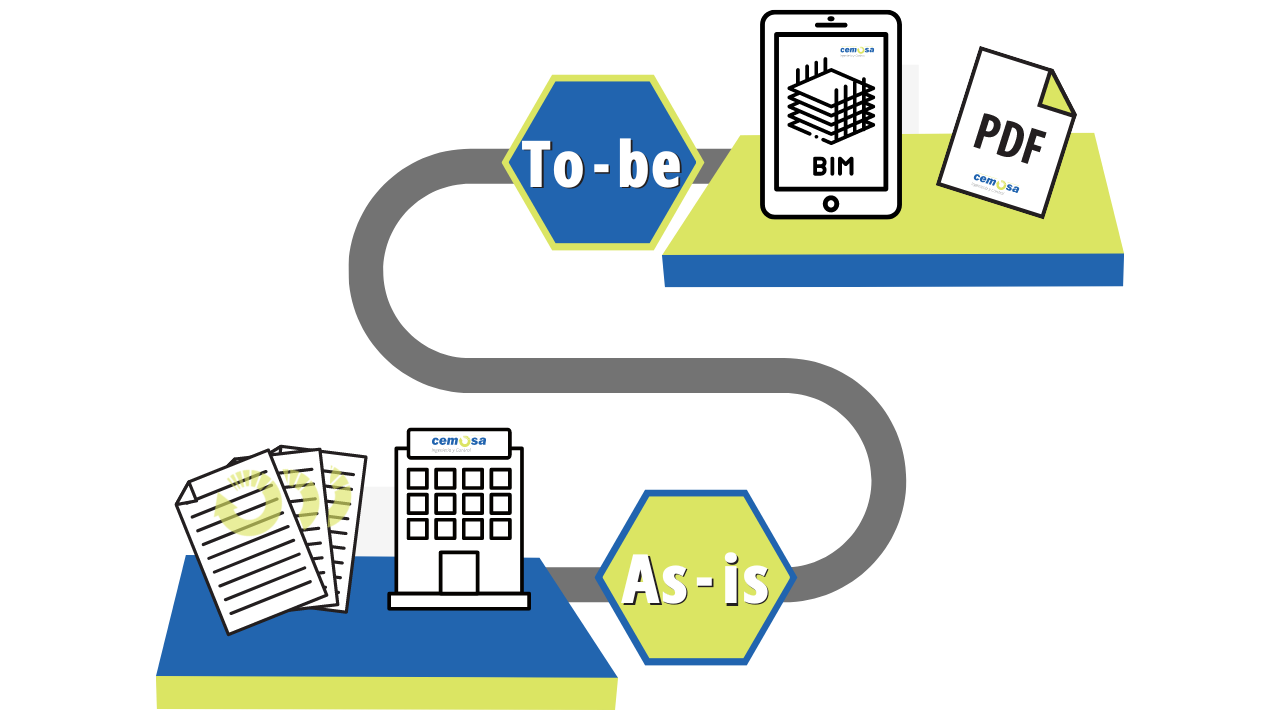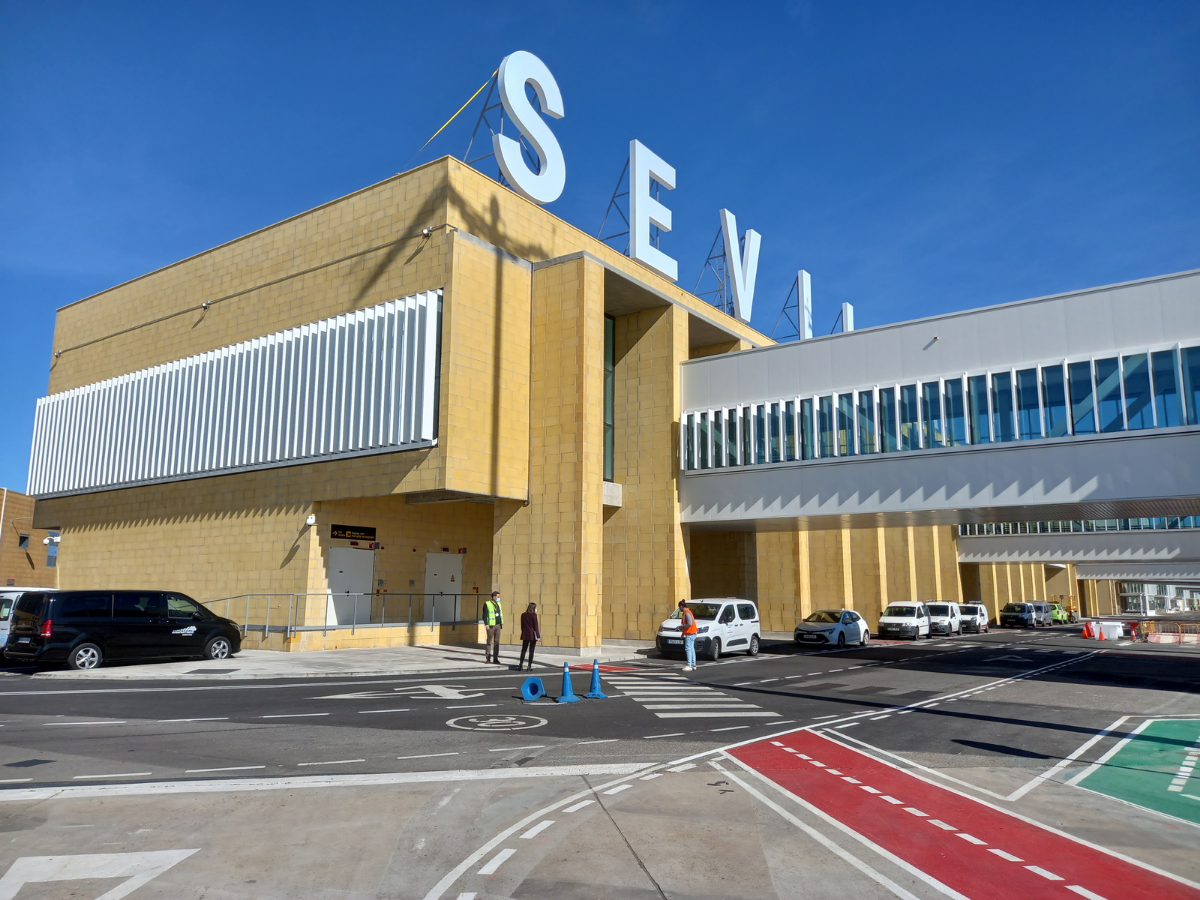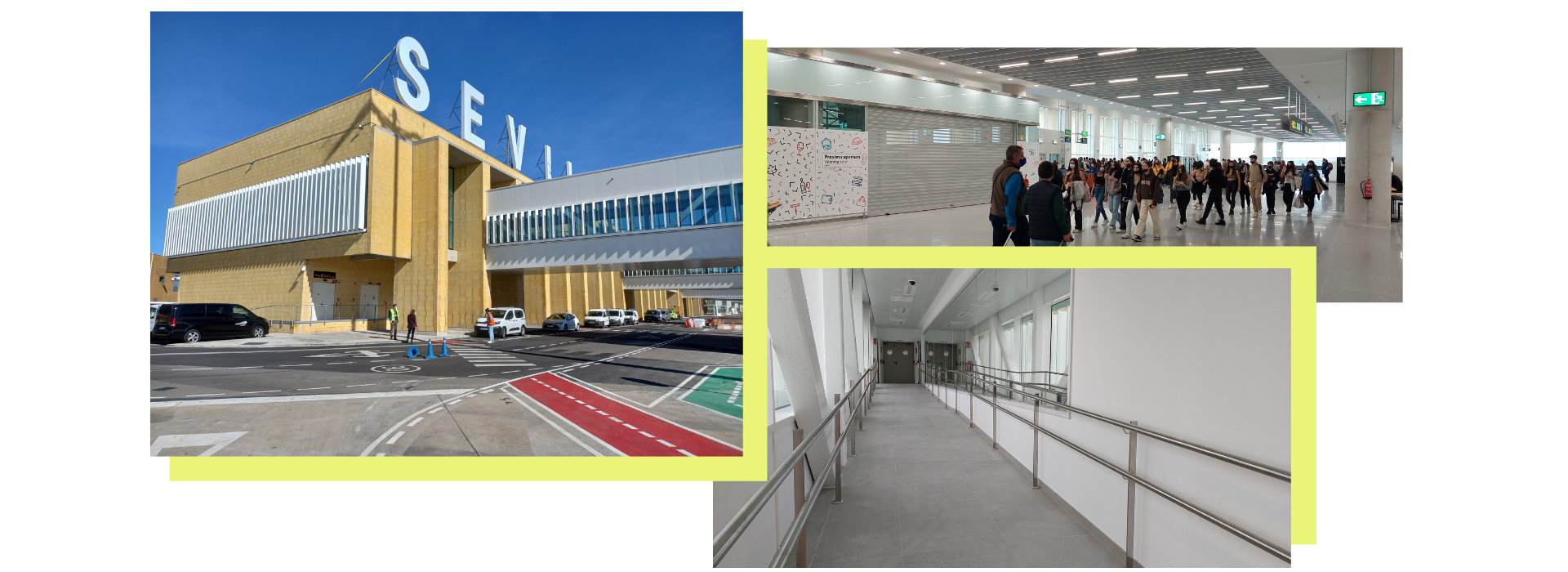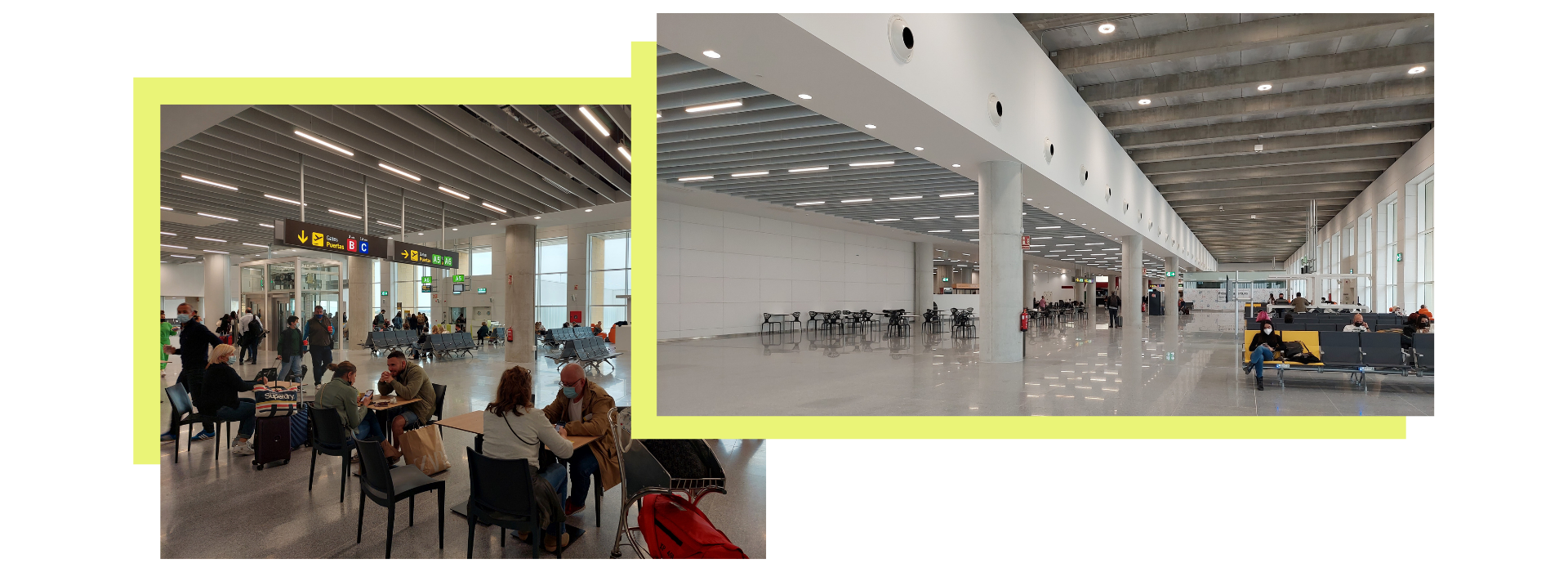On 16 January 2025, the final event of the OMICRON project, titled ‘Old Roads, New Technologies: Safe and Intelligent Road Asset Management,’ took place at the Colegio de Ingenieros de Caminos, Canales y Puertos in Madrid. This milestone event, organized in collaboration with InfraROB and the support of HeronEUProject, marked the culmination of this European project coordinated by CEMOSA, which comes to an end this month.
The conference brought together nearly 200 attendees and featured insightful presentations, live demonstrations, and high-level discussions on the future of Smart Roads.
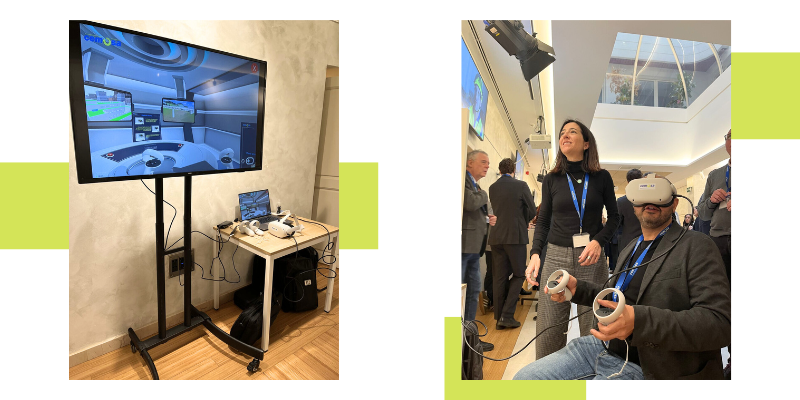
Opening Remarks
The event was inaugurated by Claudia Ciuca (CINEA – European Climate, Infrastructure and Environment Executive Agency), who emphasized the importance of collaboration and data sharing across borders in EU-funded projects and Alejandro Lanuza (Ministerio de Transportes y Movilidad Sostenible), who highlighted Spain’s focus on innovation-driven procurement and the management of over 26,000 km of roads that handle more than 50% of the nation’s traffic.
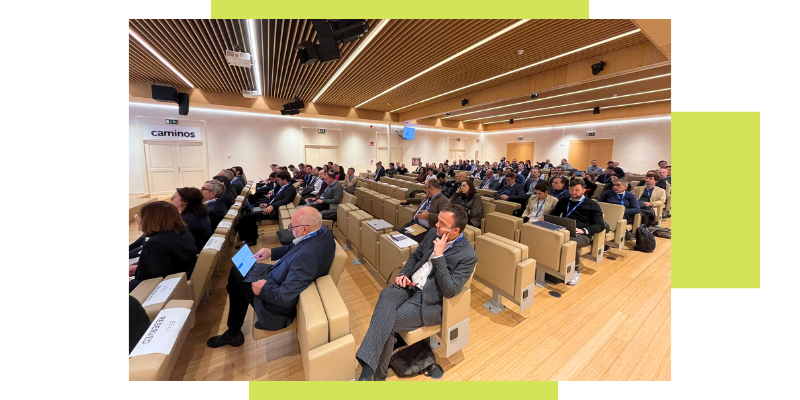
CEMOSA’s Speaker Highlights
Noemi Jiménez Redondo, as the Director of Research & Innovation at CEMOSA, hosted the event, setting the scene and ensuring the day’s success.
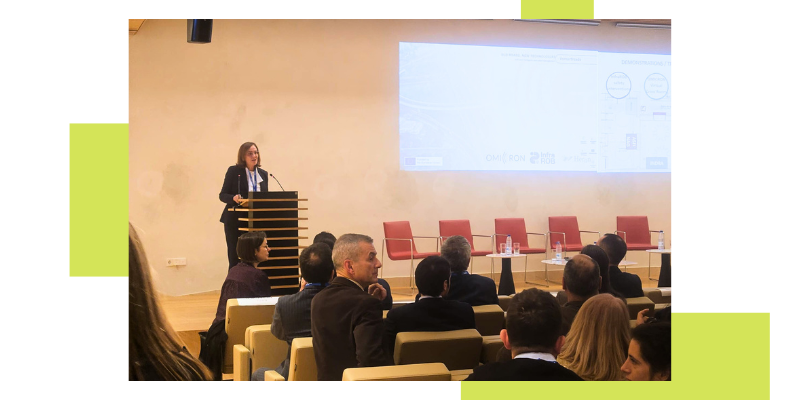
José Solís Hernández, as the OMICRON Project Coordinator, introduced the project alongside InfraROB’s coordinator, Pedro Arias Sánchez, and delivered closing remarks summarizing the conference’s outcomes. José also shared insights into CEMOSA’s CEMBOX Digital Twin platform, developed to revolutionize road asset management.
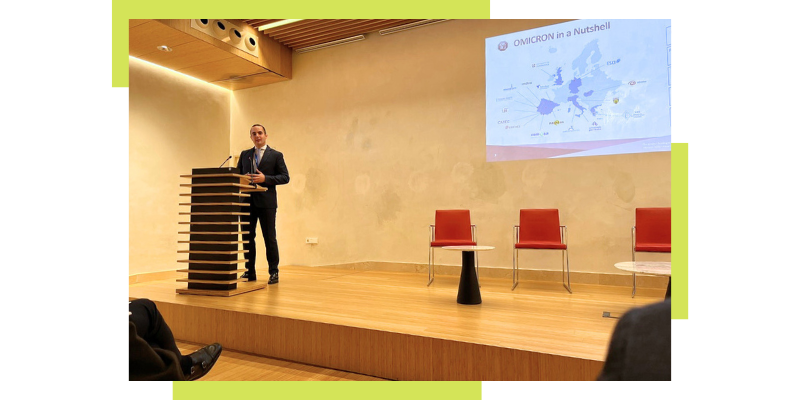
Israel Alejandro Hernández González & Paula López Arévalo presented ‘CEMBOX Digital Twin & Decision Support Tool: Bridges and Pavements,’ demonstrating different technologies for the infrastructure condition and the decision-making enhancement. Machine learning is used on historical data for pavement condition prediction and machine learning, finite element analysis and Operational Modal Analysis is used to estimate bridge condition. To do this, they carried out an analysis of the Settefonti bridge in Italy to determine its condition over an 11-month monitoring period, as well as 60 km of A1road pavement parameters retrieved from 9 years of inspections.
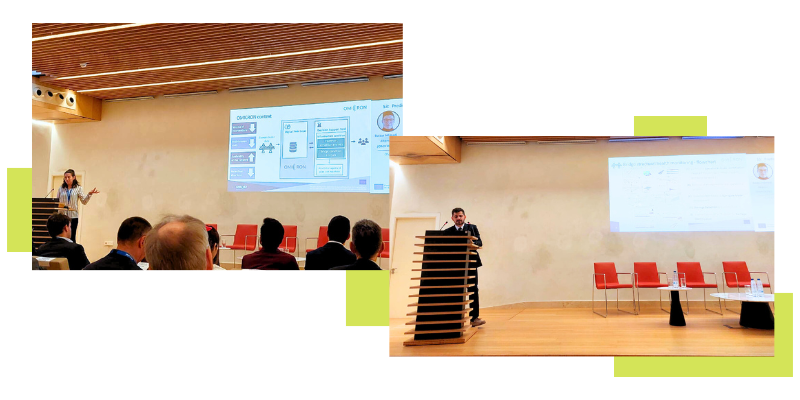
Live Demonstrations
During the event breaks, CEMOSA’s Concepción Toribio showcased the CEMBOX’s Virtual Reality visualization of Digital Twins. CEMOSA has advanced DT technologies by seamlessly integrating VR for enhanced visualisation and specialized applications in infrastructure management.
The Research and Innovation department want to acknowledge the invaluable contributions of our IT team, whose expertise was instrumental in the integration of ICT technologies into the innovative CEMBOX platform. Their efforts have been key in enhancing the system’s capabilities for smarter and more efficient road asset management.
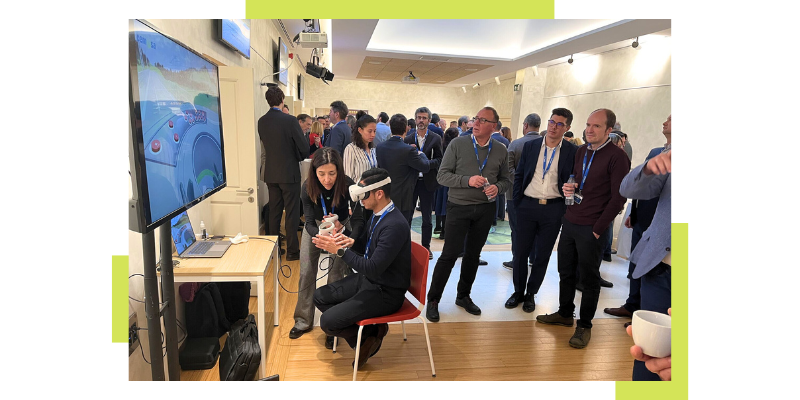
High-Level Panel Discussion
The day concluded with a panel discussion on the ‘Future of Safe & Intelligent Road Management,’ featuring insights from:
- Claudia Ciuca (CINEA): Highlighted that the future is now, with EU-funded technologies ready for implementation.
- Alejandro Lanuza (Ministerio de Transportes y Movilidad Sostenible): Emphasized that sustainability in infrastructure is an investment, not a cost.
- Federico Di Gennaro (Autostrade per l’Italia): Stressed that innovation is essential for safety, not just cost-saving.
- Yannis Handanos (Olympia Odos): Advocated for complementing human work with new technologies.
- Christian Honeger (ASFINAG): Highlighted the importance of training the next generation of engineers.
- Rade Hajdin (IMC): Called for standardization through BIM to drive consistency in the road sector.
A special thank you to InfraROB and HeronEUProject for their collaboration and support in organizing this event, and to Jesús Rodríguez for chairing the final panel discussion.
This event underscored the power of collaboration, innovation, and knowledge-sharing in paving the way for safer, smarter, and more sustainable road infrastructure.


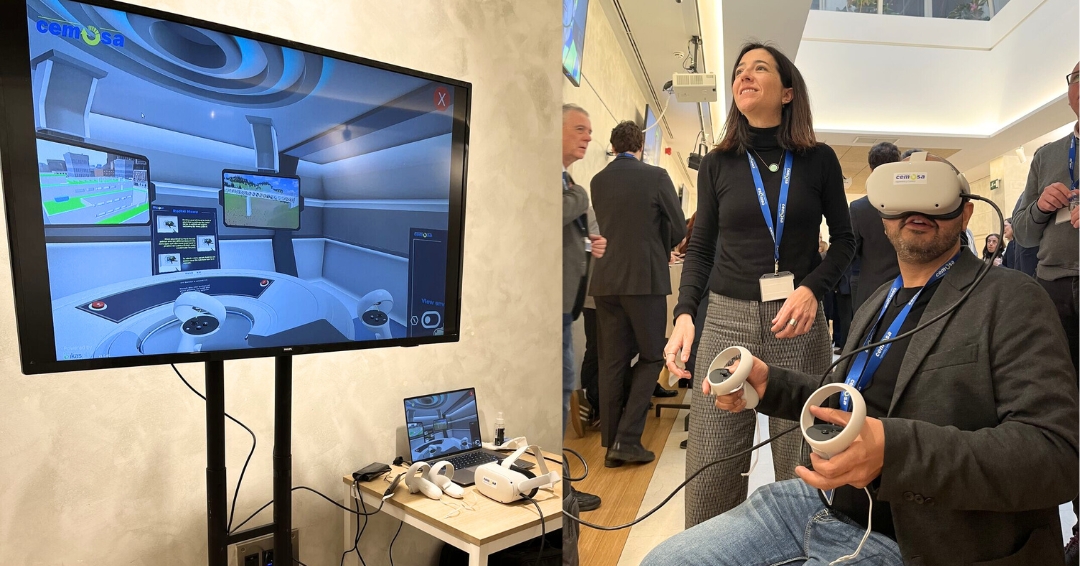
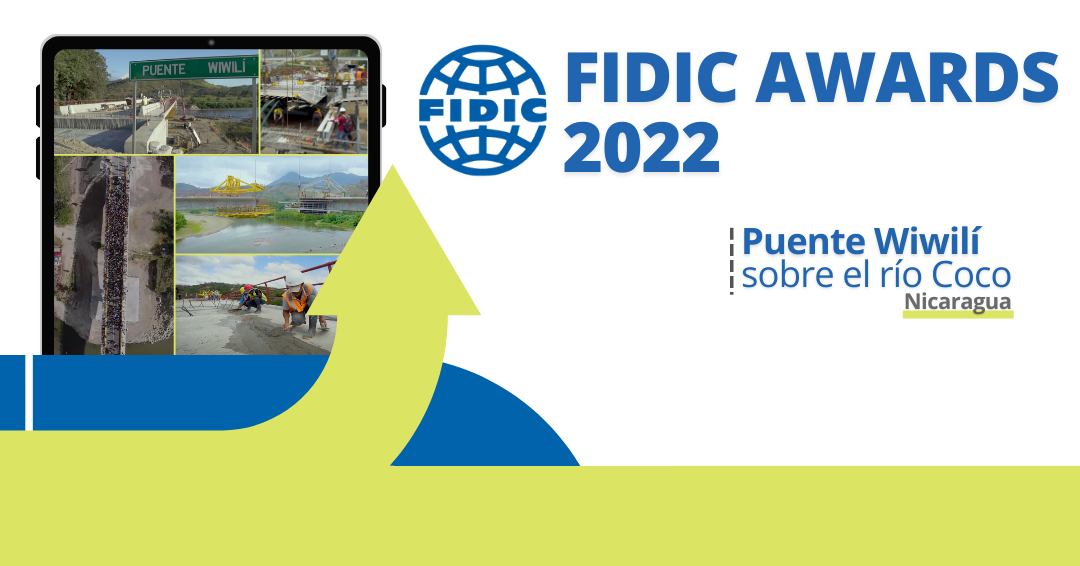
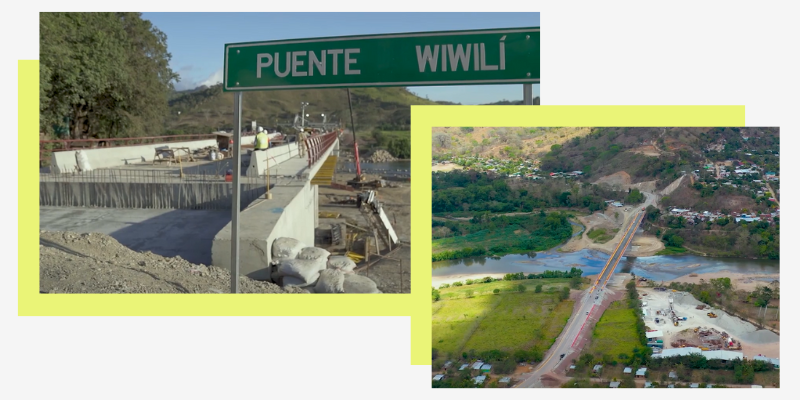 Congratulations
Congratulations 